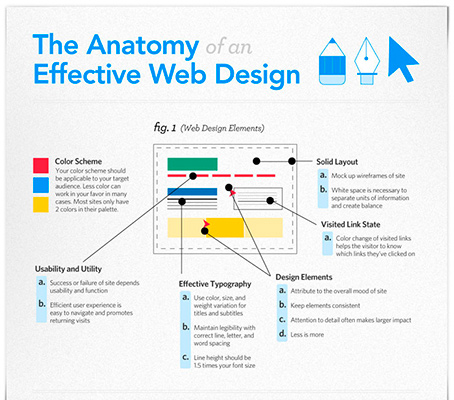Fundamental Aspects Of Website Design: Guidelines For Creating A User-Centric Website
Fundamental Aspects Of Website Design: Guidelines For Creating A User-Centric Website
Blog Article
Composed By-Crews Secher
When it pertains to site layout, making certain user-friendliness is vital. From Cosmetic Medicine SEO Services FT Worth to structured navigating, every component plays a vital duty in creating a site that accommodates your audience's needs. But what regarding the finer details that can make or break a user's searching experience? Keep tuned as we uncover some often-overlooked ideas that can raise your website's functionality to the next level, making it genuinely stand apart in the digital landscape.
Importance of Responsive Style
Receptive style is a vital element of modern-day web site development. SEO For Healthcare Websites is receptive methods that it can adapt to different display sizes and devices, giving a smooth experience for individuals.
With the raising use smart devices and tablets to access the internet, having a receptive style is vital for getting to a bigger target market. It assists in boosting customer experience by making your site simple to navigate and read on any kind of gadget.
Additionally, responsive design can favorably impact your online search engine positions, as search engines like Google focus on mobile-friendly web sites. By having a responsive design, you're also future-proofing your site, as brand-new gadgets with differing screen dimensions continue to arise.
Simplify Navigation Framework
To improve customer experience and facilitate very easy access to information on your website, simplifying the navigating structure is extremely important. When developing your site, concentrate on producing a clear and user-friendly navigating food selection that assists site visitors discover what they're searching for promptly.
Restriction the number of menu products to the essentials, grouping related pages together to prevent frustrating users. Usage detailed tags that plainly indicate the content of each page, making it much easier for individuals to recognize where each link will certainly take them.
Consider implementing dropdown menus for subcategories to avoid cluttering the primary navigating bar. Furthermore, include a search bar plainly on the page for customers who like searching for details info.
Focus on mobile responsiveness in your navigating design to make certain easy accessibility on all devices.
Optimize Page Lots Rate
Improving page lots rate is vital for retaining site visitors on your internet site. Slow-loading pages discourage individuals and can bring about high bounce prices. To enhance page lots rate, start by maximizing images. Compress pictures without jeopardizing quality to decrease their file dimensions.
Additionally, allow internet browser caching to save often accessed resources locally, speeding up load times for returning visitors. Minify CSS, JavaScript, and HTML documents by eliminating unnecessary characters, remarks, and formatting, improving load rate.
Consider using try this (CDN) to disperse your internet site's content throughout several web servers worldwide, reducing latency for individuals accessing your website from various areas. Last but not least, limit making use of third-party manuscripts and plugins, as they can significantly influence tons times.
Conclusion
In conclusion, by incorporating receptive layout, simplifying navigating, and maximizing web page tons speed, you can create an easy to use site that attract a broader audience and improves customer experience. These essential elements ensure that visitors can quickly access and navigate your website across different gadgets, resulting in enhanced involvement and contentment. By concentrating on these essential facets, you can build a successful website that maintains individuals returning for more.
